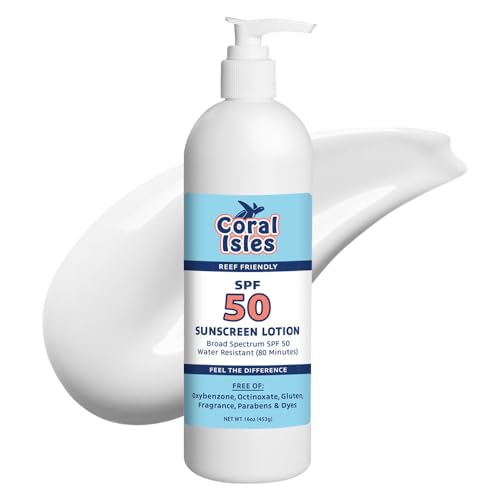I have always believed Alexander's tank was real, so none of that came from me, just how the system really works, chemically and biologically. I have no doubt the system works it is just how it works. And for the sake of argument lets really narrow that down for me ie., not interested in the food, the biofilms, growth rates, color, etc. for me, just what does the zeolite do or not do in chemical terms.
This article has appeared on a number of zeo threads and now I think the author wished he never wrote it. I think it is where allot of people get their ideas from. He recently visited our chem forum and posted it on a question on zeolites and appeared he was a little stunned by the data I posted.
http://www.wetwebmedia.com/ca/cav1i3/zeovit/Zeolite_Filters/Zeolite_Filters.htm
Alexander
You are running this thread like I hoped you would and expected, GREAT job
Mojo
You need some help old buddy, those links won't get anyone anywhere

They all take you to the homepage

Net uptake of dissolved free amino acids by four scleractinian corals
Publication: Coral Reefs (Historical Archive)
Authors: M. Drew Ferrier
Publisher: Springer-Verlag GmbH
Issue: Volume 10, Number 4
Pages: 183 - 187
Excerpt: High pressure liquid chromatography was employed to provide the first definitive proof of the net uptake of dissolved free amino acids (DFFA) at nanomolar levels by four scleractinian corals ...
Are free amino acids responsible for the `host factor' effects on symbiotic zooxanthellae in extracts of host tissue?
Publication: Hydrobiologia
Authors: Clayton B. Cook, Simon K. Davy
Publisher: Springer Science+Business Media B.V., Formerly Kluwer Academic Publishers B.V.
Issue: Volume 461, Numbers 1-3
Pages: 71 - 78
Excerpt: Symbiotic dinoflagellates (`zooxanthellae') typically release short-term photosynthetic products and have enhanced photosynthesis when exposed to extracts of host tissue. Published evidence has indicated that free amino acids ...
Effects of turbidity on calcification rate, protein concentration and the free amino acid pool of the coral Acropora cervicornis
Publication: Marine Biology (Historical Archive)
Authors: J. J. Kendall, E. N. Powell, S. J. Connor, T. J. Bright, C. E. Zastrow
Publisher: Springer-Verlag GmbH
Issue: Volume 87, Number 1
Pages: 33 - 46
Excerpt: Calcification rate in the coral Acropora cervicornis was reduced significantly when exposed for 24 h to 100-ppm kaolin, but was unchanged in corals exposed to 50-ppm kaolin. Calcification rate returned to control ...
Ingestion and assimilation of nitrogen from benthic sediments by three species of coral
Publication: Marine Biology
Authors: M. M. Mills, K. P. Sebens
Publisher: Springer-Verlag GmbH
Issue: Volume 145, Number 6
Pages: 1097 - 1106
Excerpt: We quantified the nitrogen and enzyme hydrolyzable amino acid (EHAA) concentrations of sediments prior to and after corals sloughed, ingested, and egested sediments layered onto their surfaces, for the three coral ...
So corals can even filter "food" right out of the sediment that lands on them.


































































